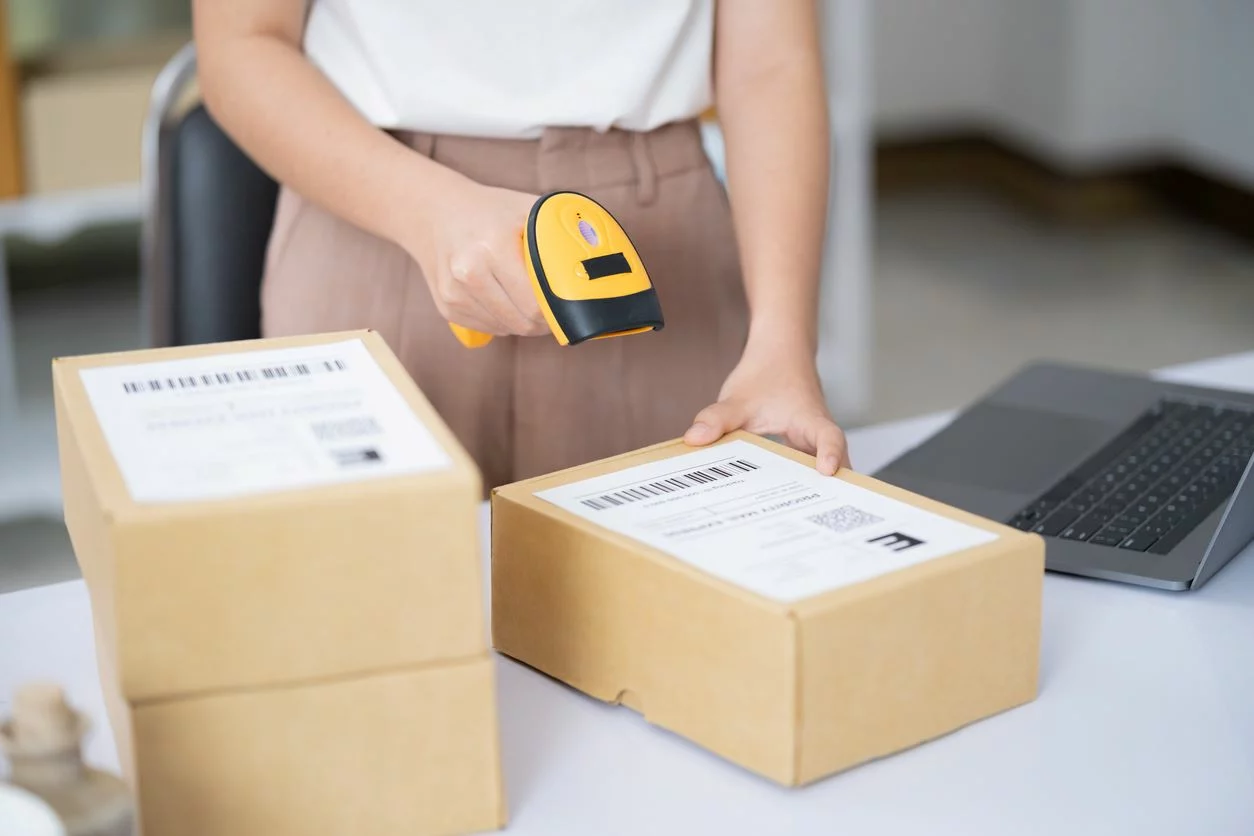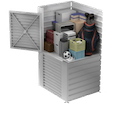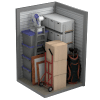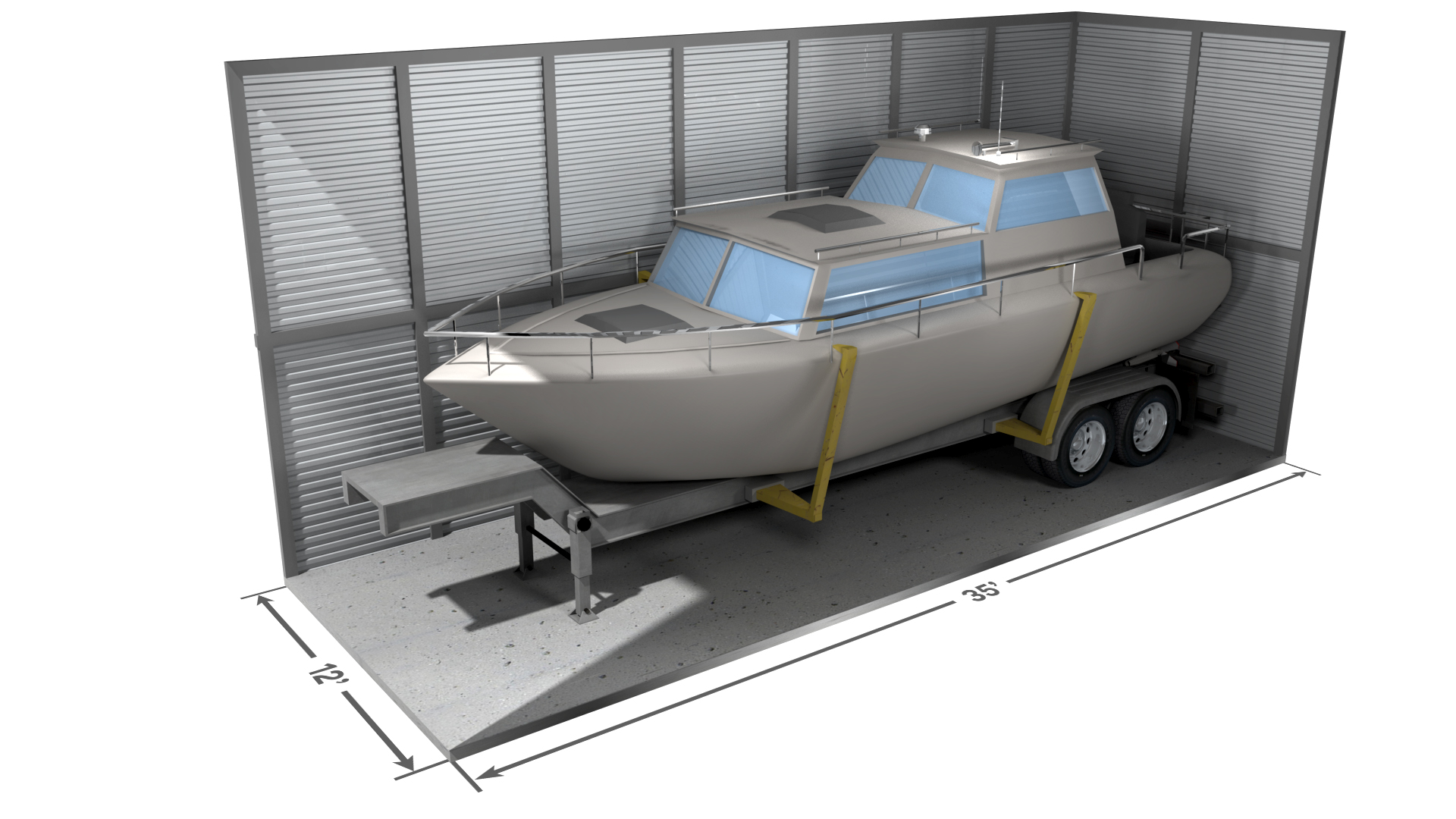Now more than ever, it’s critical to protect our environment in any way that we can. In fact, the health of our earth depends on it! In 2019, we experienced the second-warmest year globally in the 140-year record, with temperatures 1.71 degrees Fahrenheit warmer than the 20th-century temperature average. On top of the world warming up, carbon dioxide (CO2) levels in our air are at their highest in 650,000 years—and human activities like deforestation and the burning of fossil fuels are making matters worse.
As temperatures continue to rise and CO2 levels increase, our oceans are steadily warming up. This is causing sinking ice sheets, retreating glaciers, and declining Arctic sea ice—all of which are contributing to rising sea levels, displacement of people in coastal cities, shrinking habitats for animals, and an increase in extreme storms like hurricanes. With this evidence in mind, it’s easy to see why we should protect the environment.
Here at Safeguard, we know discussing our changing climate can feel daunting, as it’s easy to feel like there is nothing we can do to make things better. But we are here to tell you that working towards a healthier planet doesn’t mean drastic life changes or large investments.
With this guide on how to protect the environment, you will be equipped to make subtle changes in your everyday routine that help reduce human-generated carbon emissions and slow down our earth’s rising temperatures. Additionally, you’ll discover how Safeguard has taken steps to make our storage facilities green.
How To Protect the Environment: 8 Simple Ways
Understanding how to protect the environment is the first step to making earth-friendly changes in your everyday life. With these 8 simple steps, you can implement changes that have a positive impact on your local community, ecosystem, and our environment as a whole:
1. Remember the Four “Rs”
Protecting the environment every day is as simple as remembering to reduce, recycle, reuse, and repeat. Avoid taking freebies at events and purchasing cheaply made goods (especially clothing from fast-fashion retailers) that are on sale. Oftentimes, things we consume end up in a landfill, in the back of a closet, or in a junk drawer, so focus on buying only essential items or things that are built to last.
When it comes to recycling, try to stay away from single-use plastic cups, bottles, and straws and instead opt for reusable containers. This goes for ordering take-out food, too, as many types of food containers are plastic and non-biodegradable. When grocery shopping, try not to forget those reusable bags! If you do, don’t be afraid to ask for paper bags instead of plastic.
2. Change Up Your Transportation
If you own a car but live in a city with public transit, try to limit the use of your personal vehicle as much as possible. From city buses to subways, public transportation is much more fuel-efficient than individual cars or trucks. This goes for carpooling with friends, family, or coworkers, too!
If you’d rather not use public transit or carpool, consider biking to more places on the weekends. Not only will this cut your carbon emissions down to zero, but you’ll also get a great workout.
Happen to be in the market for a new car? Many vehicle manufacturers are producing long-range, all-electric vehicles that eliminate the need for gasoline entirely. Plus, with an electric vehicle, you’ll save money by avoiding the fluctuating oil prices at the pump.

3. Switch Your Light Bulbs
While it may seem simple, choosing energy-efficient light bulbs in your home or apartment will reduce your greenhouse gas emissions overnight. And, as a tip, always remember to flip off your light switches, TV, and any other electronic device when you are not actively using it.
4. Consume Less Water
And we’re not encouraging you to drink less water—stay hydrated! From brushing your teeth to taking a shower, conserving water at home starts with self-discipline. Try to limit the amount of time you spend in the shower, always turn off the water while you brush your teeth, and only run your dishwasher or laundry machine when you have a full load.
When it comes to watering plants or landscaping, consider collecting rainwater for future use rather than always using your hose. Also, make sure to take a tour of your space frequently to ensure you don’t have any leaky faucets.
5. Install a Smart Thermostat
Smart thermostats are an easy way to conserve electricity, as your thermostat contributes to nearly half of your energy bill. With a smart thermostat installed, your system will learn your home temperature patterns and adjust according to whether you are home or not. Simply put, it conserves energy by pulling back on heating and cooling when your home is not occupied. As a bonus, installing a smart thermostat will save you money on your electricity bill.
6. Utilize Eco-Friendly Cleaning Products
If you purchase traditional cleaners—such as laundry detergent, dishwasher detergent, all-purpose cleaner, or toilet bowl cleaner—they will come filled with harmful chemicals that run down your drain and eventually find their way into our waterways. When shopping for cleaners, look for products made with non-toxic ingredients in biodegradable containers. Not only will this keep our waterways and wildlife safe, but it will also prevent plastic from filling up our landfills.
7. Shop Local
If you stop and think about where your everyday products come from, many are most likely shipped from areas across the world (especially if you’re an avid online shopper). Alarmingly, the transportation industry is responsible for 28.2% of greenhouse gas emissions in the US, making it the largest producer of CO2 out of all of our economic sectors.
While fast shipping and large selections from online retailers may be alluring, opt to shop locally for as many products as you can, such as package-free food from your local farmers market.
8. Start a Compost
Food waste is a large contributor to the trash cycle, not to mention it is responsible for a significant portion of methane emissions in landfills. Rather than simply tossing out your fruit peels, veggie scraps, or coffee grounds, you can create a low-maintenance compost pile at home. Composting reduces the need to use chemical fertilizers in your lawn, enriches your soil, and lowers your carbon footprint.

Safeguard’s Green Initiatives
At Safeguard, we understand the importance of protecting our environment, so we’ve made it our goal to create sustainable self-storage solutions for our customers. With more than 24 facilities across New York and New Jersey featuring rooftop solar panels, our green buildings produce more than 90% of all energy consumed. Talk about harnessing the power of the sun!
We are also in the process of expanding our solar initiative to our sixteen locations in the Chicagoland area. Stay tuned!
Store the Eco-Friendly Way at Safeguard
Although it’s important to consume less, we get that you sometimes need a little extra room for storage when space runs low. Whether you are in the process of moving into a new apartment or home, or your small business needs some additional square footage for merchandise, you can feel confident you’re storing the environmentally friendly way at Safeguard.
If you’re ready to start saving space and protect the environment, contact your local solar-powered Safeguard facility in New York or New Jersey today to learn more about our variety of unit sizes and types.

 ';
';













